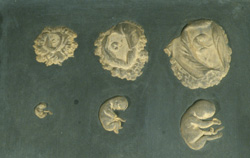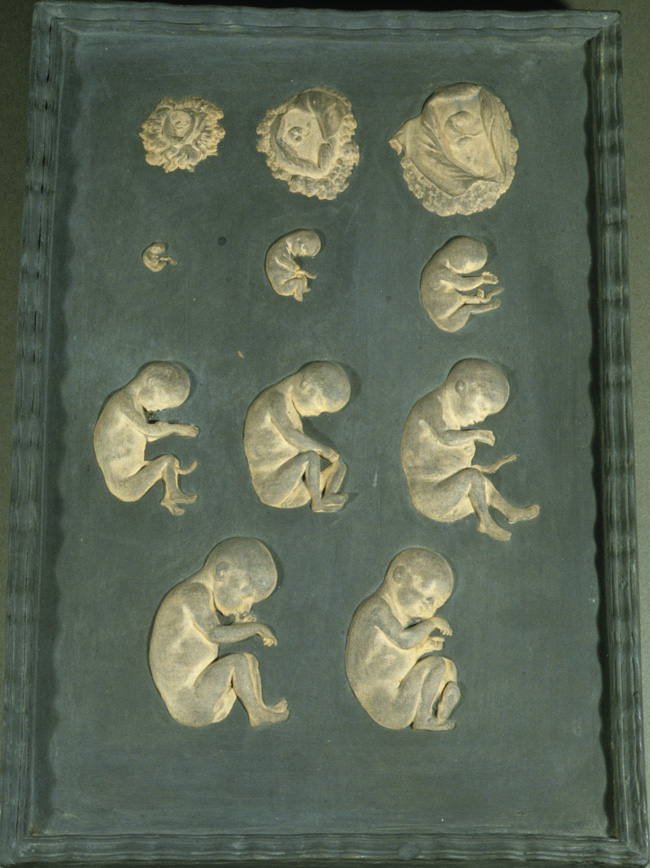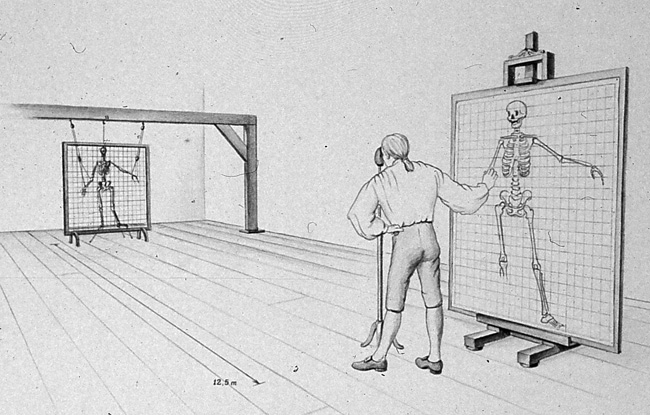Picturing development
Why did Soemmerring depart from earlier views to begin to picture human embryonic development for the first time?
Soemmerring was a successor to older anatomical traditions of collecting and comparing, but his images went a step further. Part of the explanation may lie in his cautious sympathy for the new epigenesis, and part in the intense contemporary interest in the course and duration of pregnancy. Soemmerring himself highlighted aesthetics: in thrall to the old prejudice of judging beauty by adult standards, even artists had failed to recognize the different criteria appropriate to each age. Yet, he argued, do we not find a rosebud as beautiful in its own way as a rose?
Judging many aborted specimens ‘like fruits malformed or eaten by worms’ which fall early from the tree, Soemmerring selected as norms those he considered most perfect for their age. Even these could not be depicted as they appeared. Using his experience and judgement, Soemmerring had the artist Christian Koeck remove imperfections in order to represent the essential form. In contrast to Hunter’s naturalism, Soemmerring aligned himself with the idealism then widespread among German anatomists.
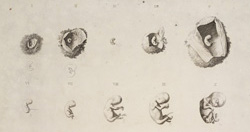
Soemmerring’s embryos compared to Hunter’s, 1799 |
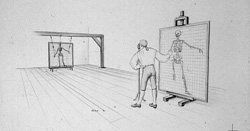
Drawing apparatus for idealist anatomy (reconstruction) |

